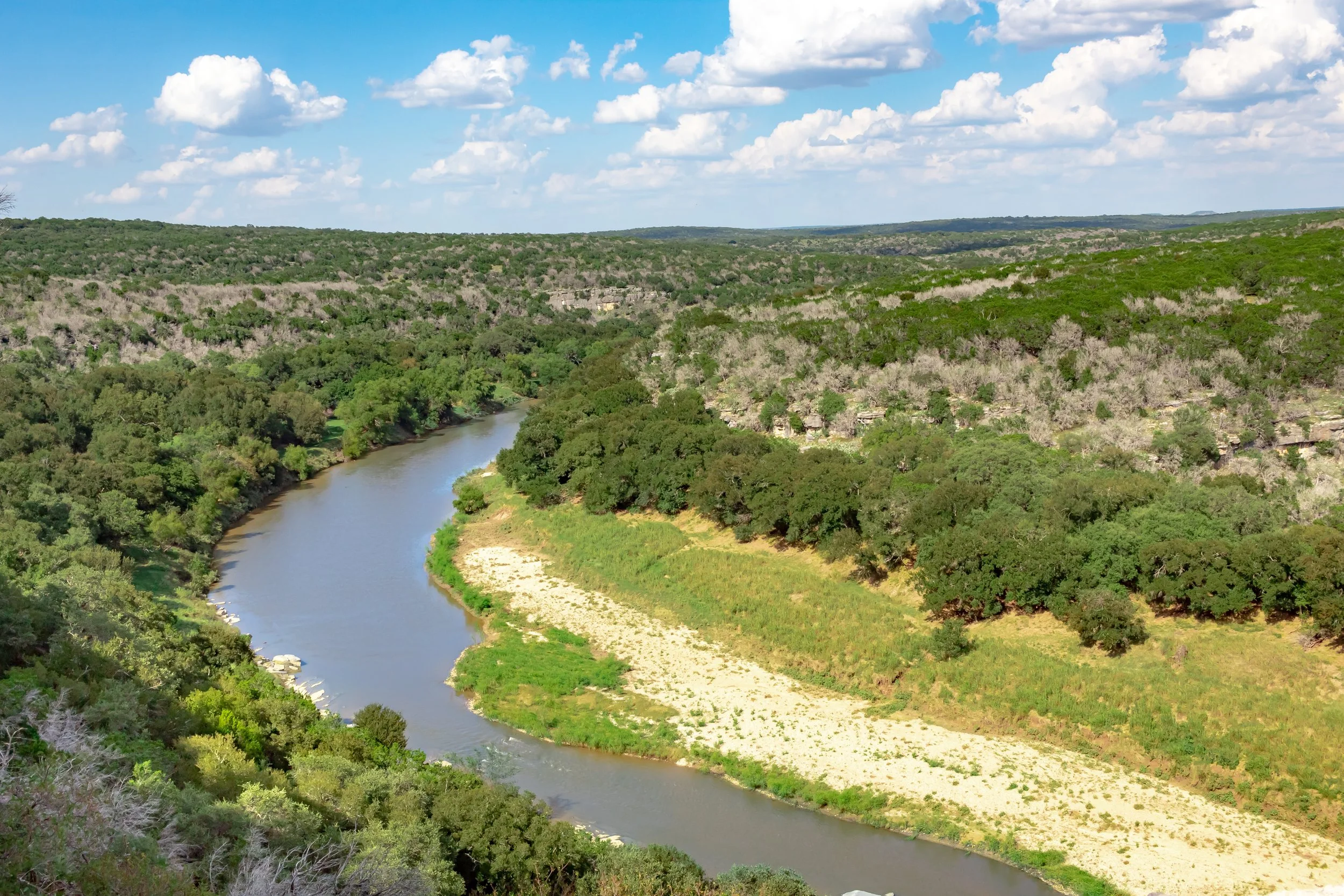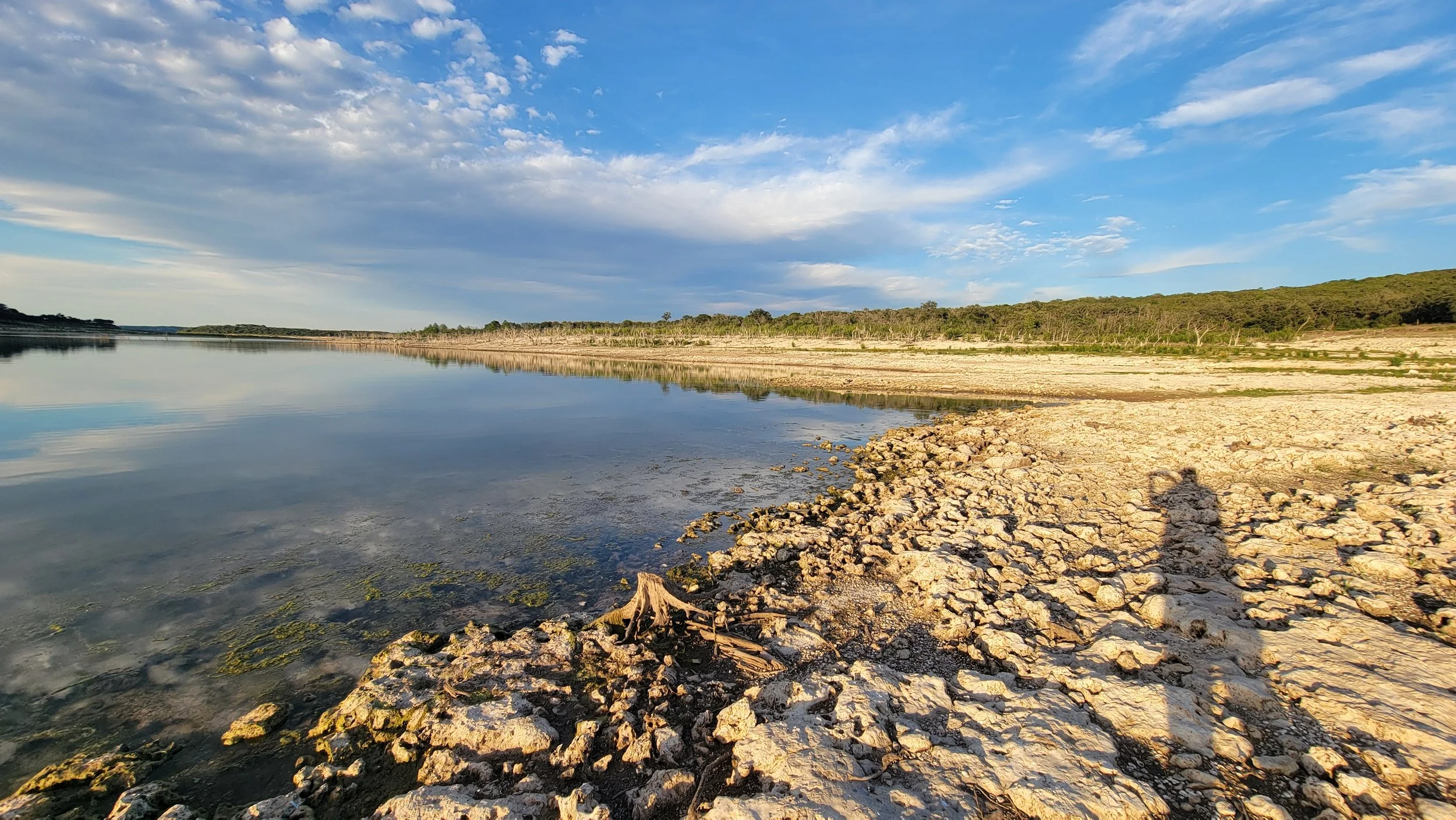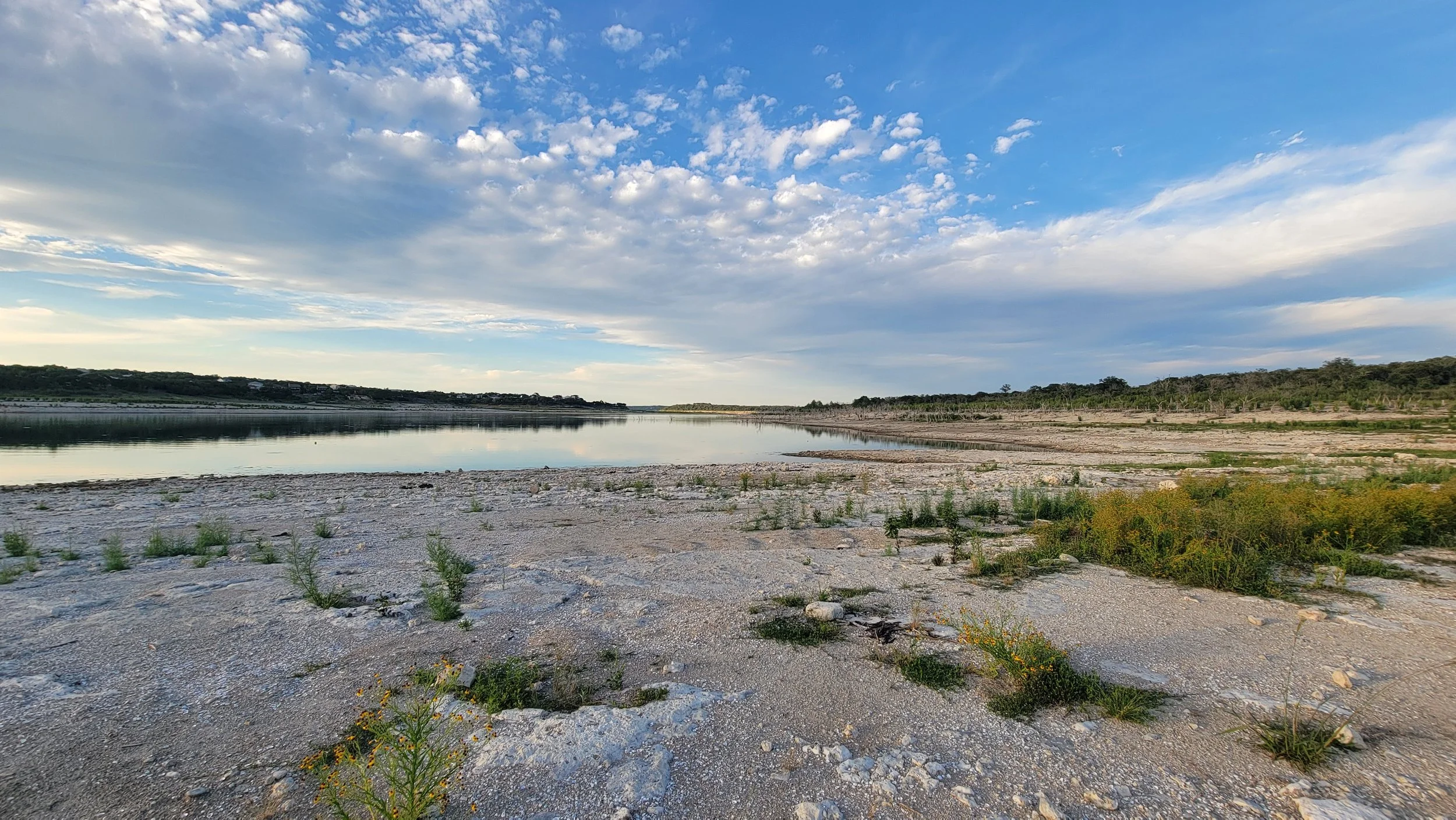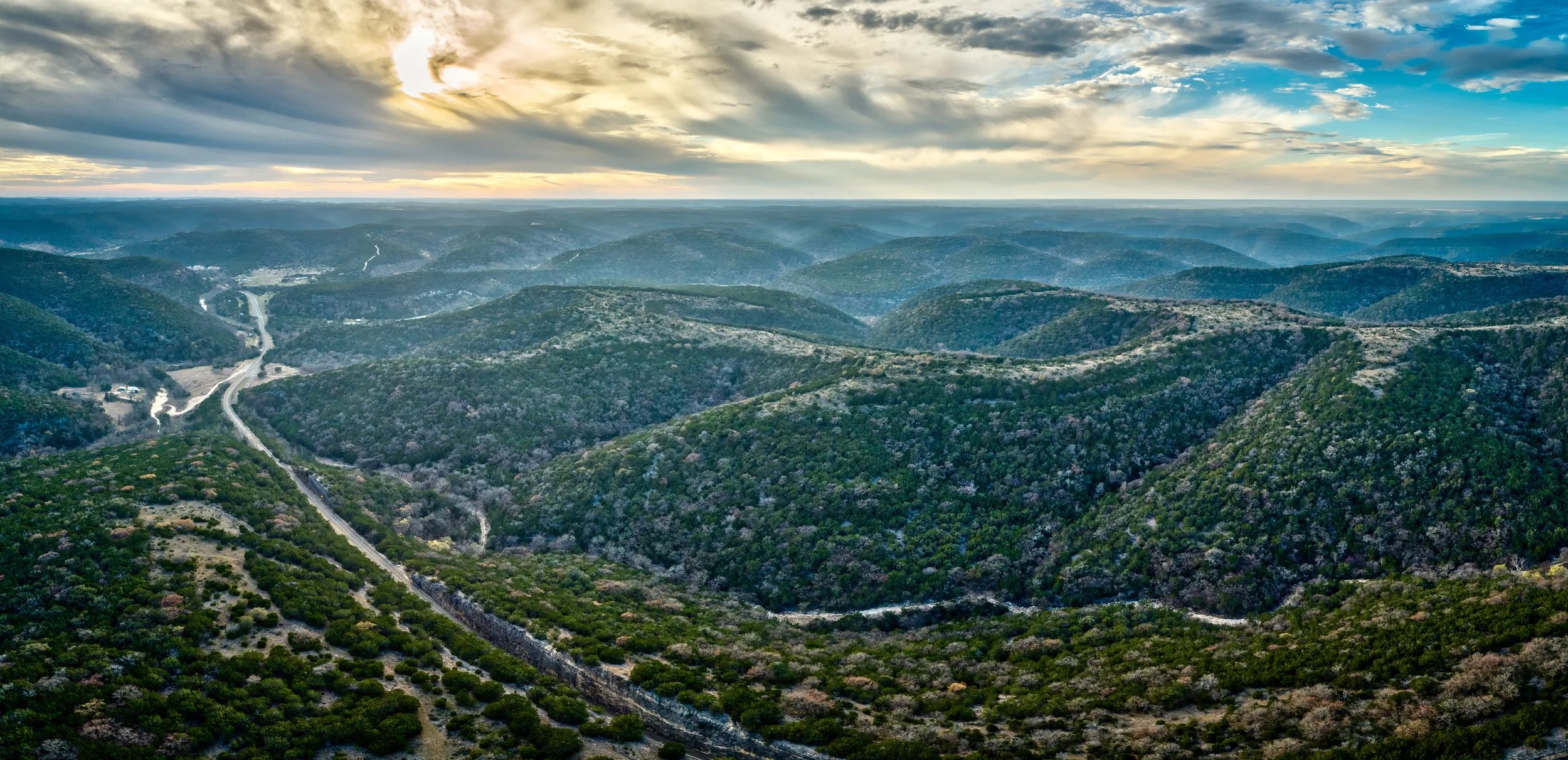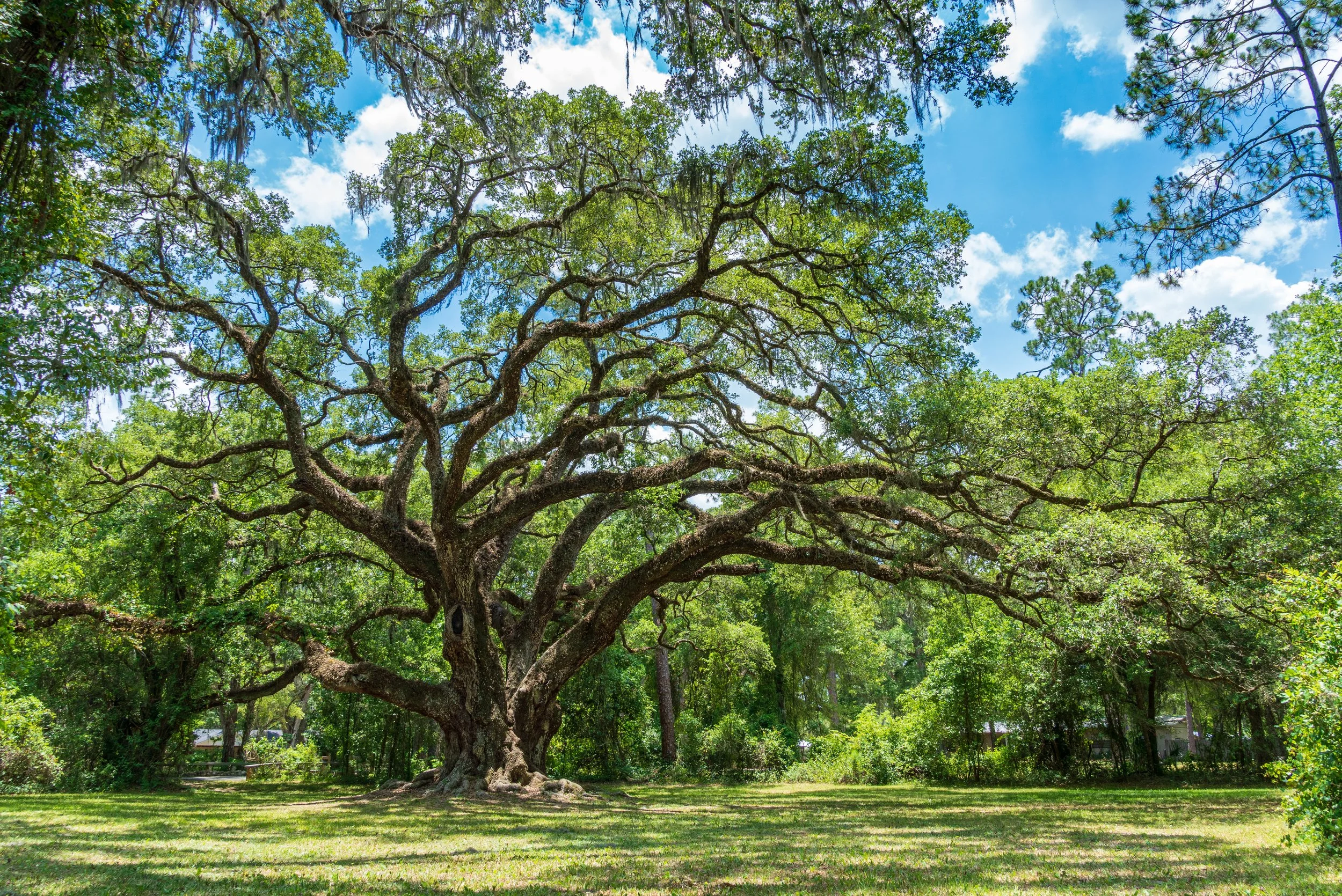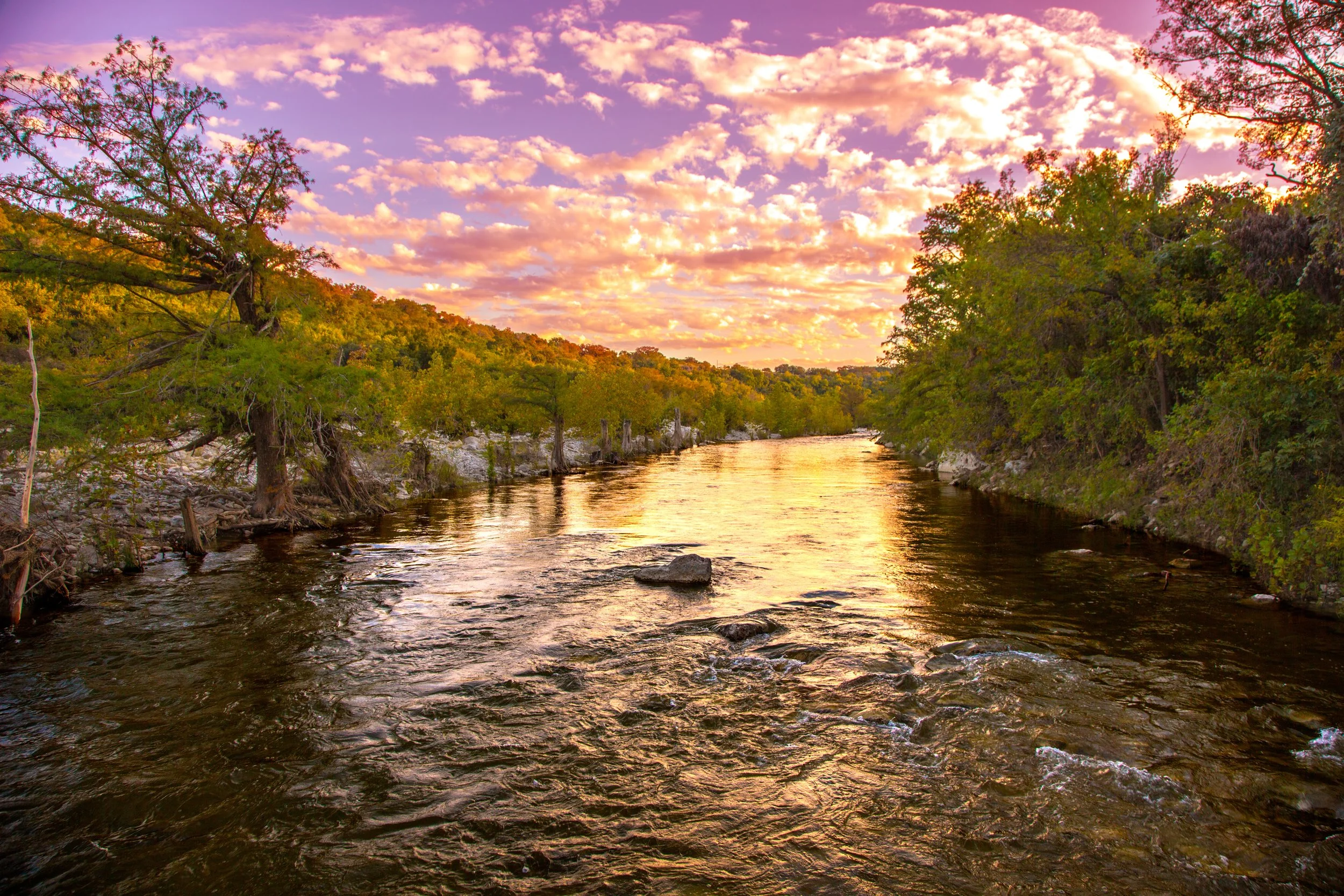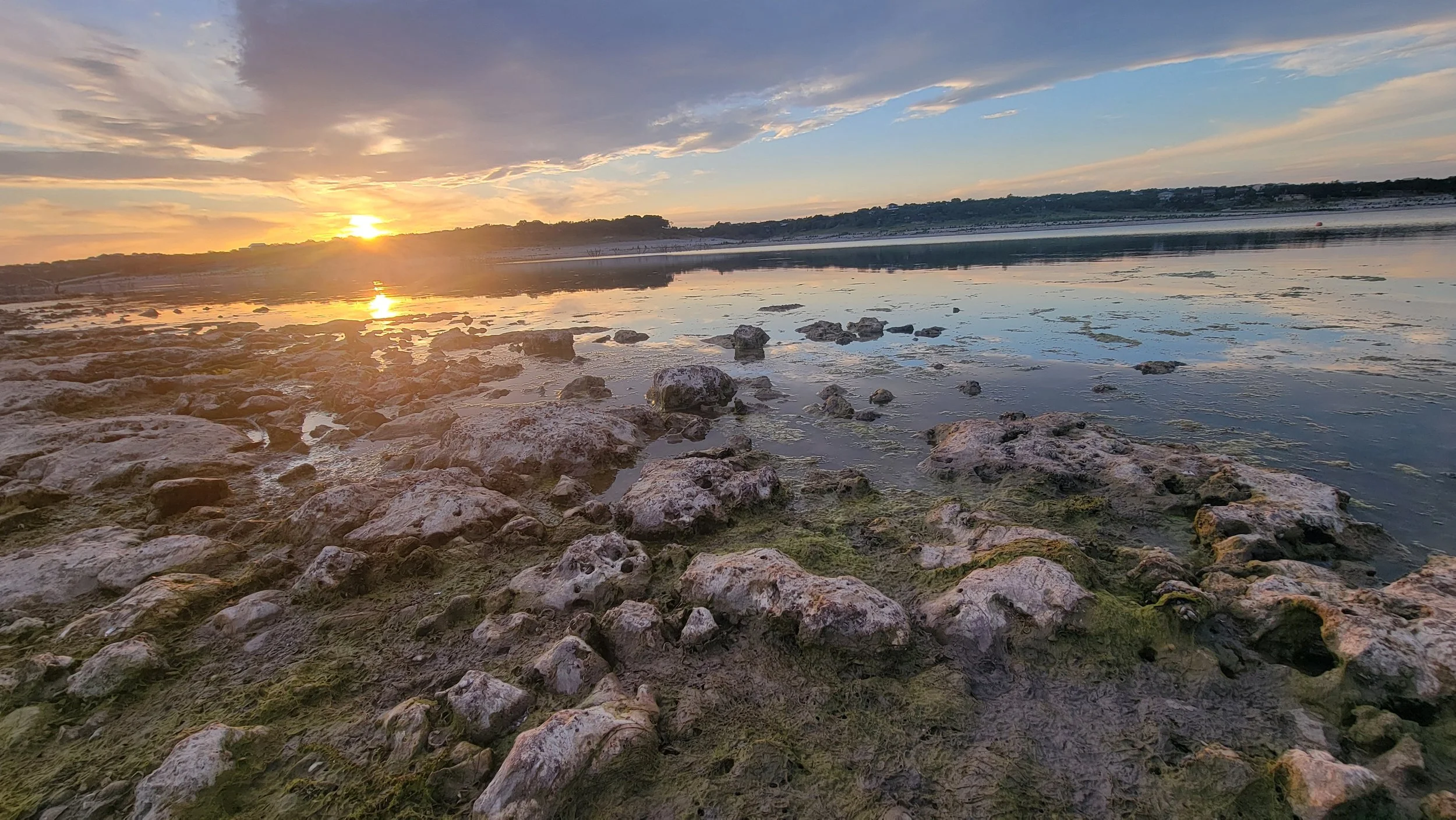Hill Country Water Restoration
The Texas Hill Country is the heart of Texas’s water cycle. Its rivers carve lifelines across the land, its aquifers feed millions, and its forests once sang with life. Today, that song is fading.
The Crisis Beneath the Hills
For generations, the Edwards and Trinity Aquifers have been the hidden veins of Texas, supplying water to cities, farms, and ecosystems across the state. These aquifers are recharged not by chance, but by strategic landscapes—forested hillsides, porous soils, and green corridors that catch, filter, and feed rainwater deep underground.
That system is collapsing.
The spread of invasive Ashe juniper has broken this chain of renewal:
Its dense canopy traps rainfall, preventing it from reaching the soil.
Its roots drink groundwater endlessly, stealing billions of gallons that should feed springs.
Its acidic litter kills soil life, blocking native grasses and oaks from reclaiming the land.
Its heat and dryness repel storms, starving the sky of the moisture it needs to form rain.
The result is a land that no longer protects itself. Springs dry, rivers shrink, and storms grow violent when they finally come. The Guadalupe River—once a thriving artery of life—is now a shadow of its former strength.
—Our Work Begins
By the end of 2026, we will restore 2,000 acres of high-impact recharge zones across the Hill Country.
Each acre we restore returns 3.23 million gallons of water annually to the aquifer and rivers.
This first milestone alone will release over 6.4 billion gallons back into the system every single year—water that was once trapped and lost.
We do not reveal every location we restore.
To protect sensitive ecosystems, private land partnerships, and ongoing research, many project sites remain undisclosed.
But the results will not be hidden. Rivers will rise. Springs will flow. The land will breathe again.
Why It Matters
When the Hill Country heals:
Aquifers refill and water security stabilizes.
The Guadalupe River revives, feeding life from the hills to the Gulf.
Storms return, clouds form, and drought loses its grip.
The Gulf of Mexico stabilizes, no longer starved of cool, oxygen-rich water.
Wildlife returns, from insects to golden-cheeked warblers to predators that complete the chain.

